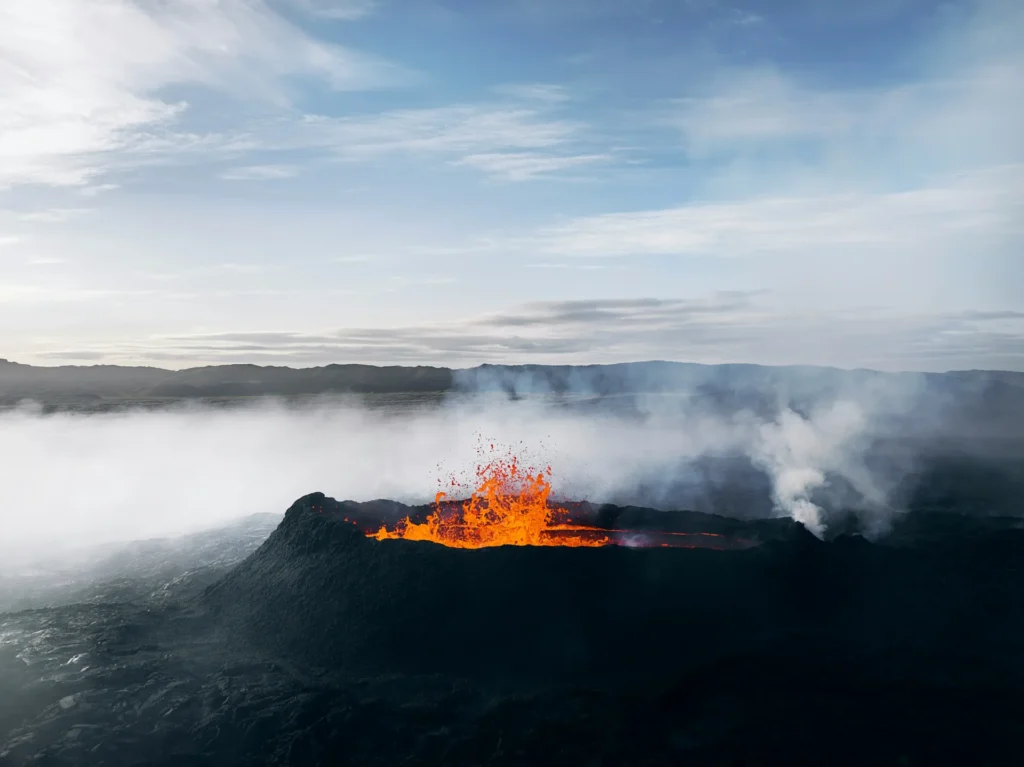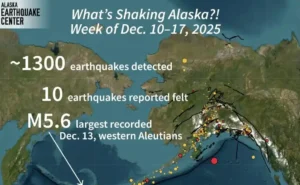A powerful Mount Etna eruption in Sicily sent thick ash clouds and smoke into the sky early Monday morning. Thermal imaging cameras captured volcanic materials pouring from the southeastern side of the Carter shortly after midnight.
Italy’s National Institute of Geophysics and Volcanology (INGV) reported signs of increasing seismic activity before the explosive event. At 12:39 am local time, INGV recorded the initial changes in Mount Etna’s volcanic behavior and later confirmed a Strombolian eruption.
These eruptions are marked by bursts of gas pressure, which eject ash, lava, and rock with great force. Geologists believe a Carter collapse occurred during the eruption, causing debris and gases to race down the volcano’s slopes.
A fast-moving pyroclastic flow, a deadly mix of gas ash and rock, was filmed descending toward the Valley of the Lion. Despite the visual intensity, the volcanic material did not pass beyond tourist zones or reach populated areas, officials confirmed.
INGV said the eruption remained localized, and there is currently no significant threat to nearby communities. However, due to the risk of airborne ash, authorities issued a temporary red alert to suspend flights near the volcano.
However, they later downgraded the alert from confirming conditions stabilized to confirming minor disruptions. Catania’s airport experienced no major disruptions, unlike during the February eruption. Local guides halted tours immediately, and officials advised visitors to avoid the summit.
Although Mount Etna is one of the world’s most active volcanoes, Monday’s event stands out for its sudden intensity and pyroclastic activity. The eruption remains under close observation as geologists monitor changes in seismic patterns.












